var images = document.getElementsByTagName('img'); for (var i = 0; i < images.length; i++) { if (!images[i].getAttribute('alt')) { images[i].setAttribute('alt', ''); } }

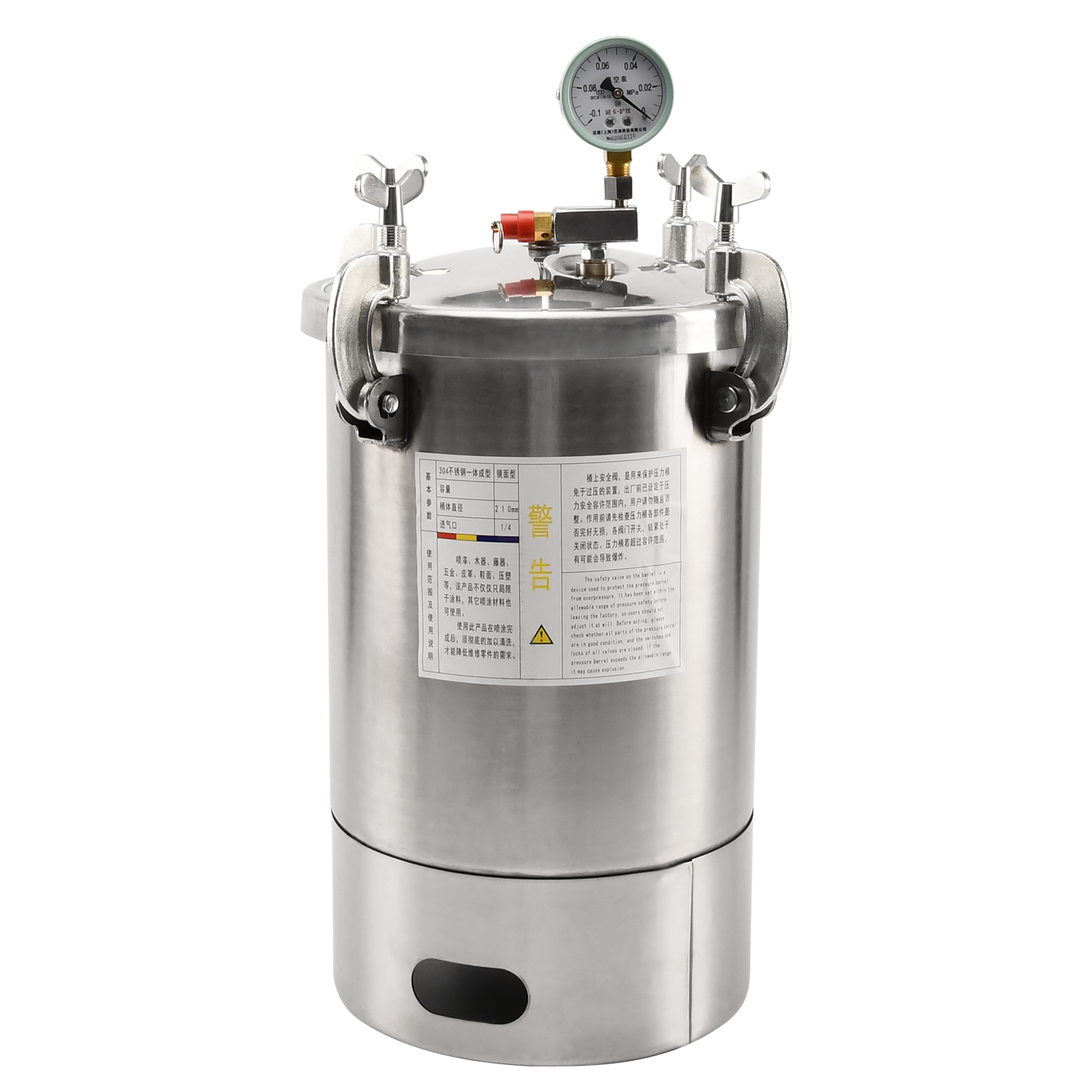
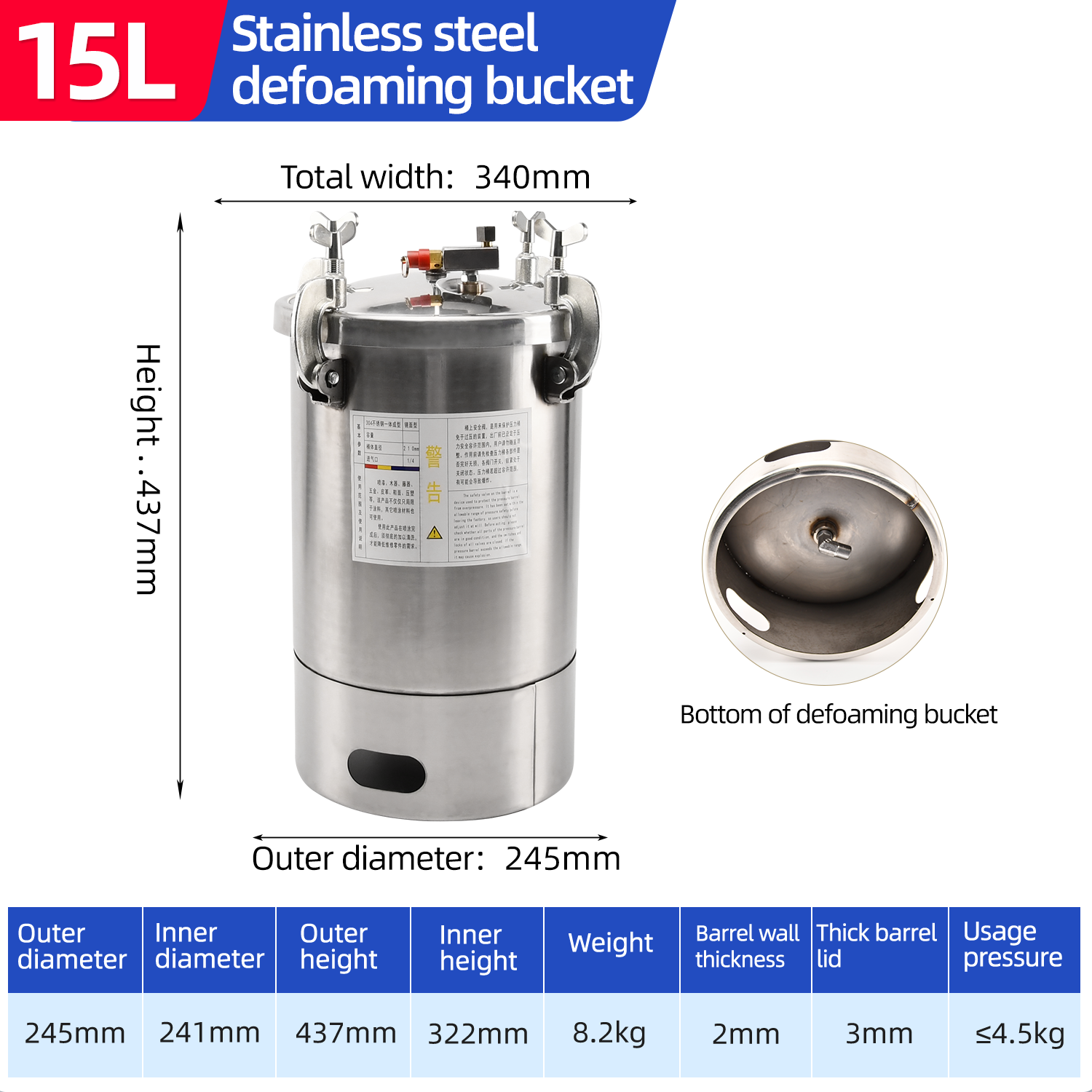
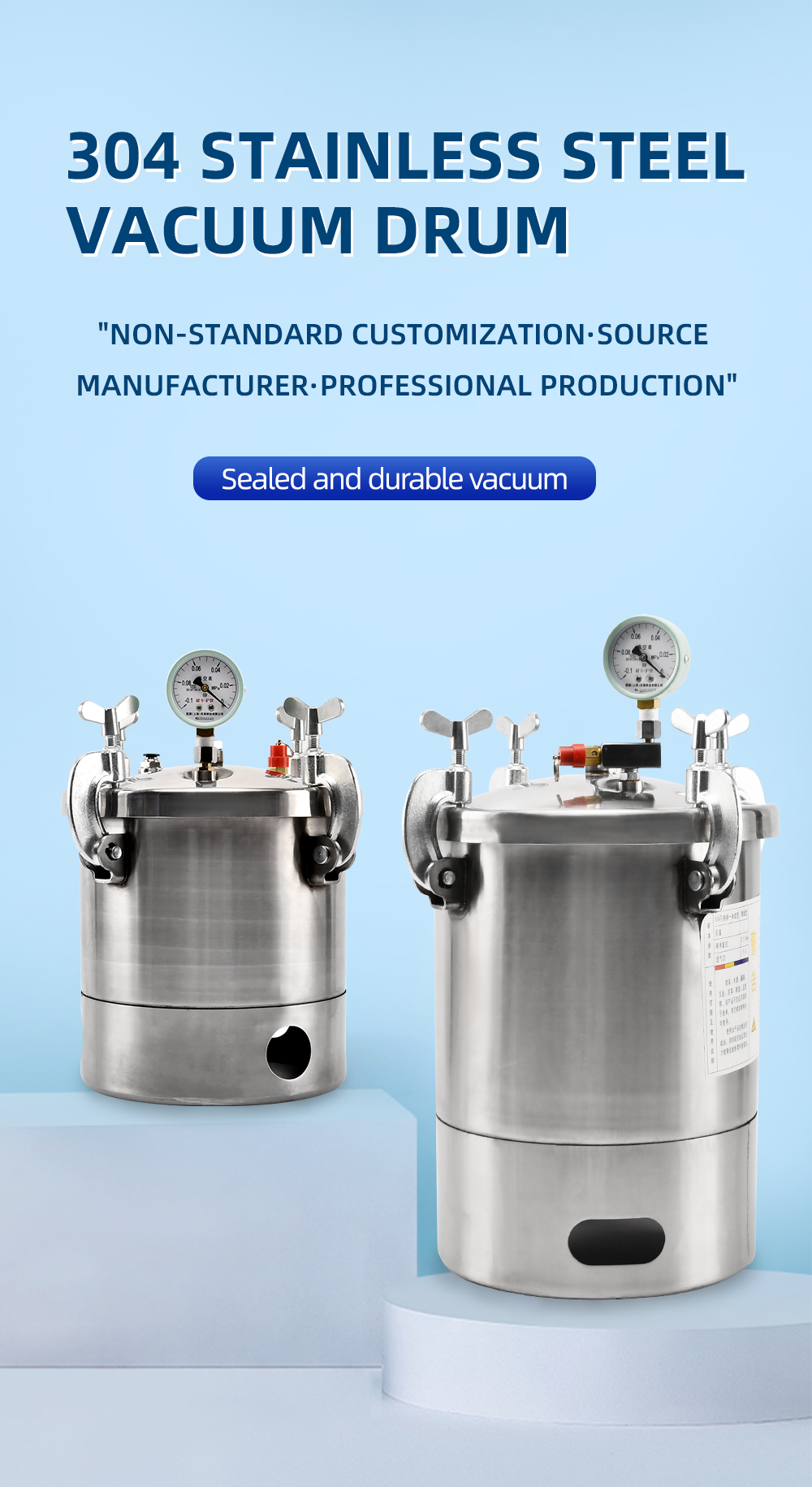
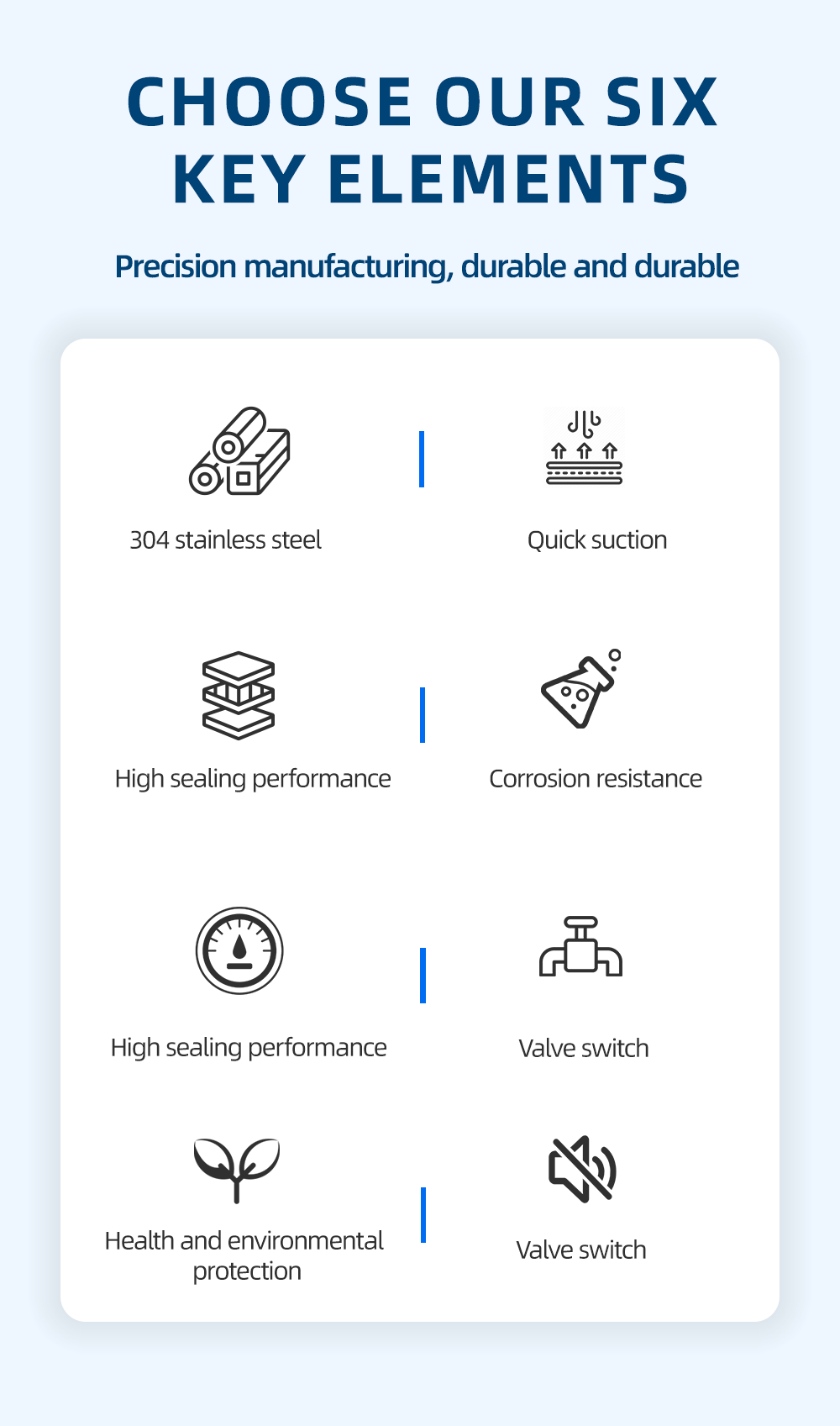
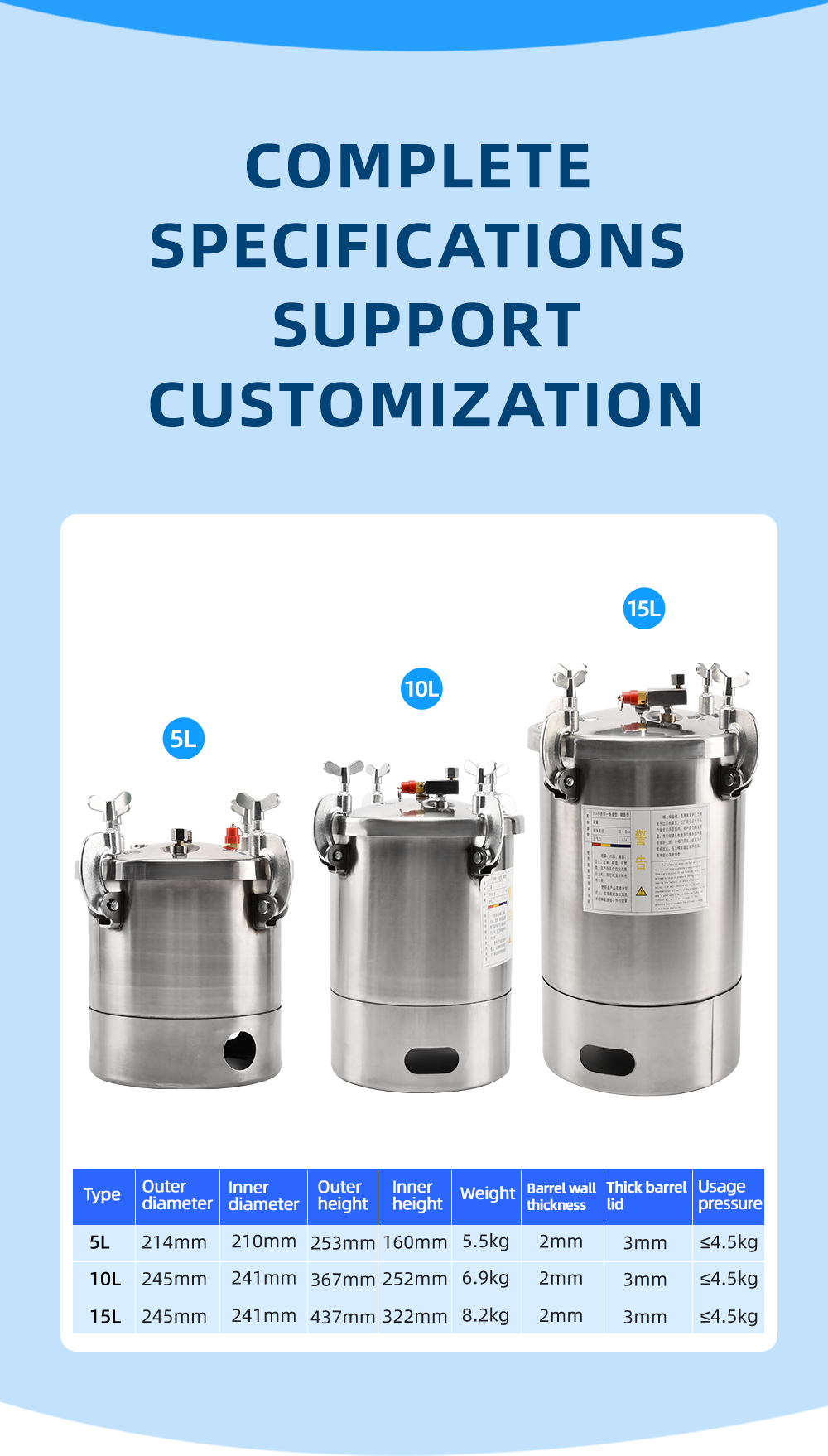
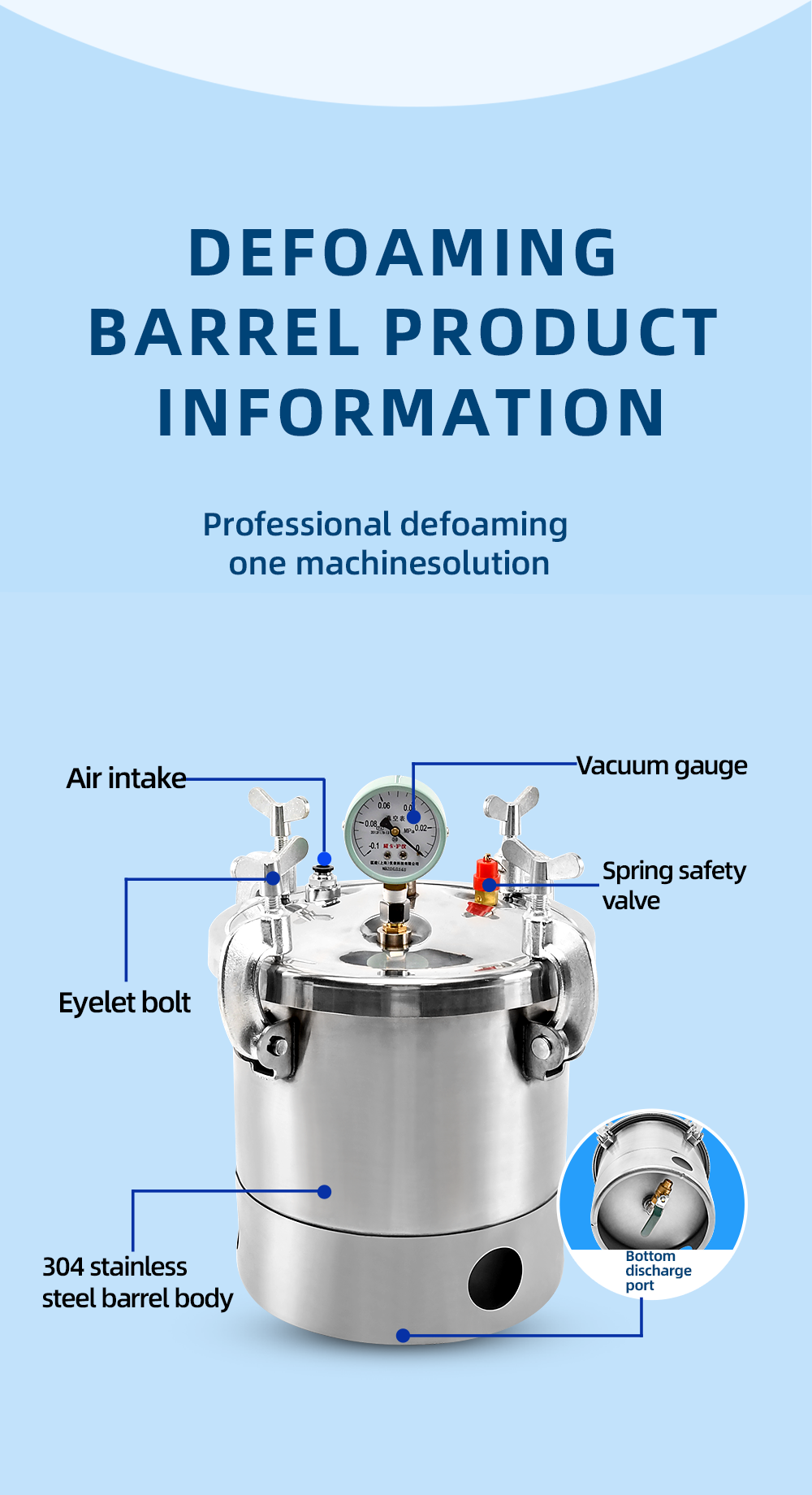
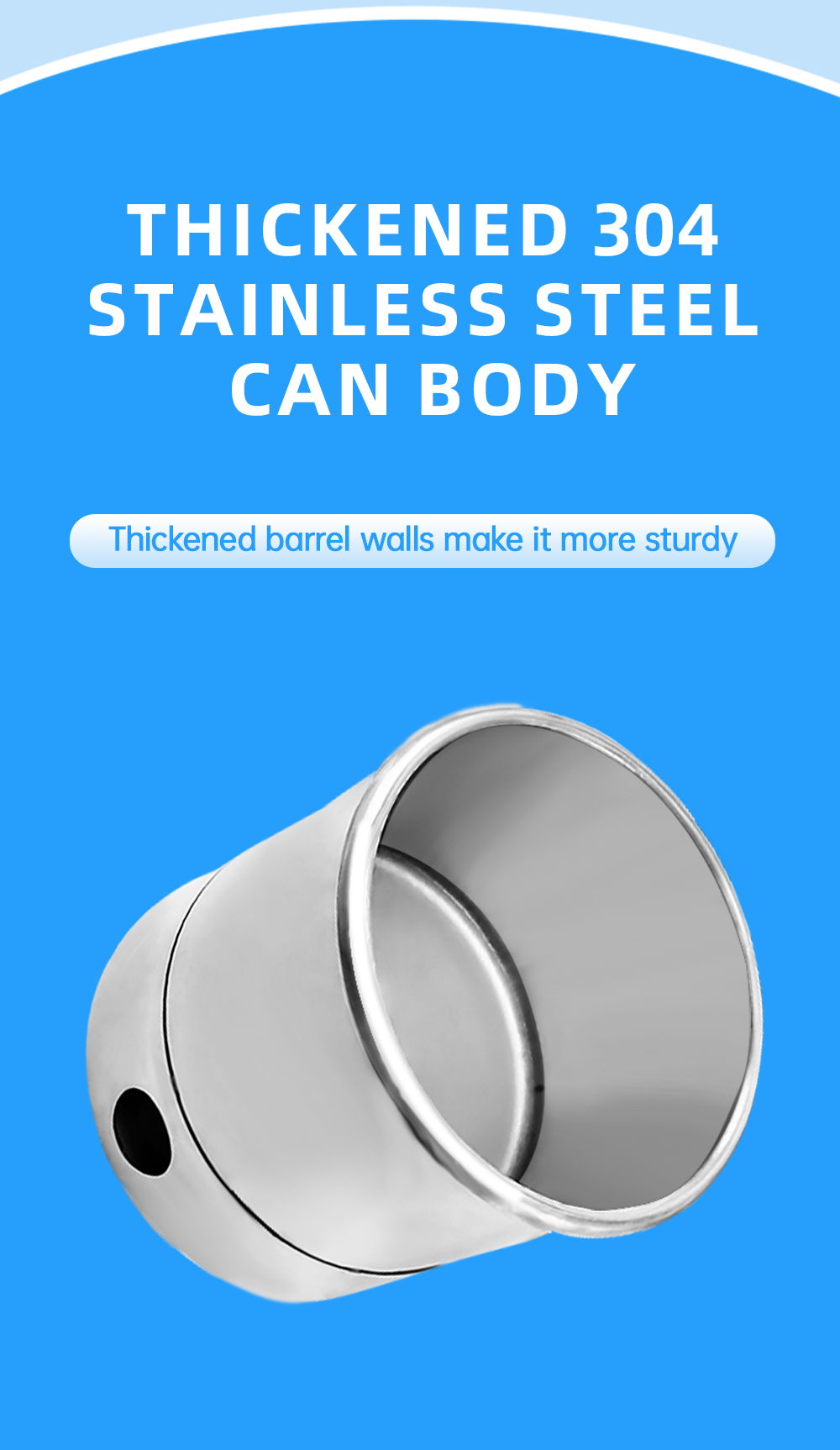
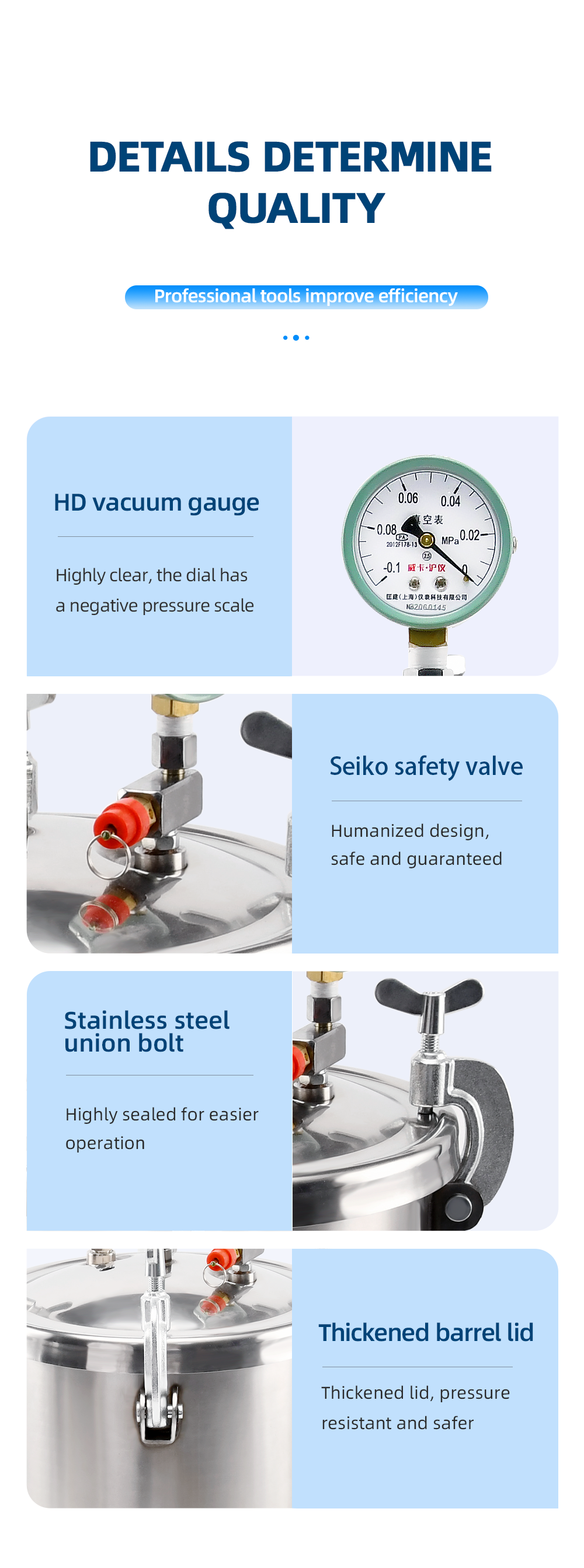
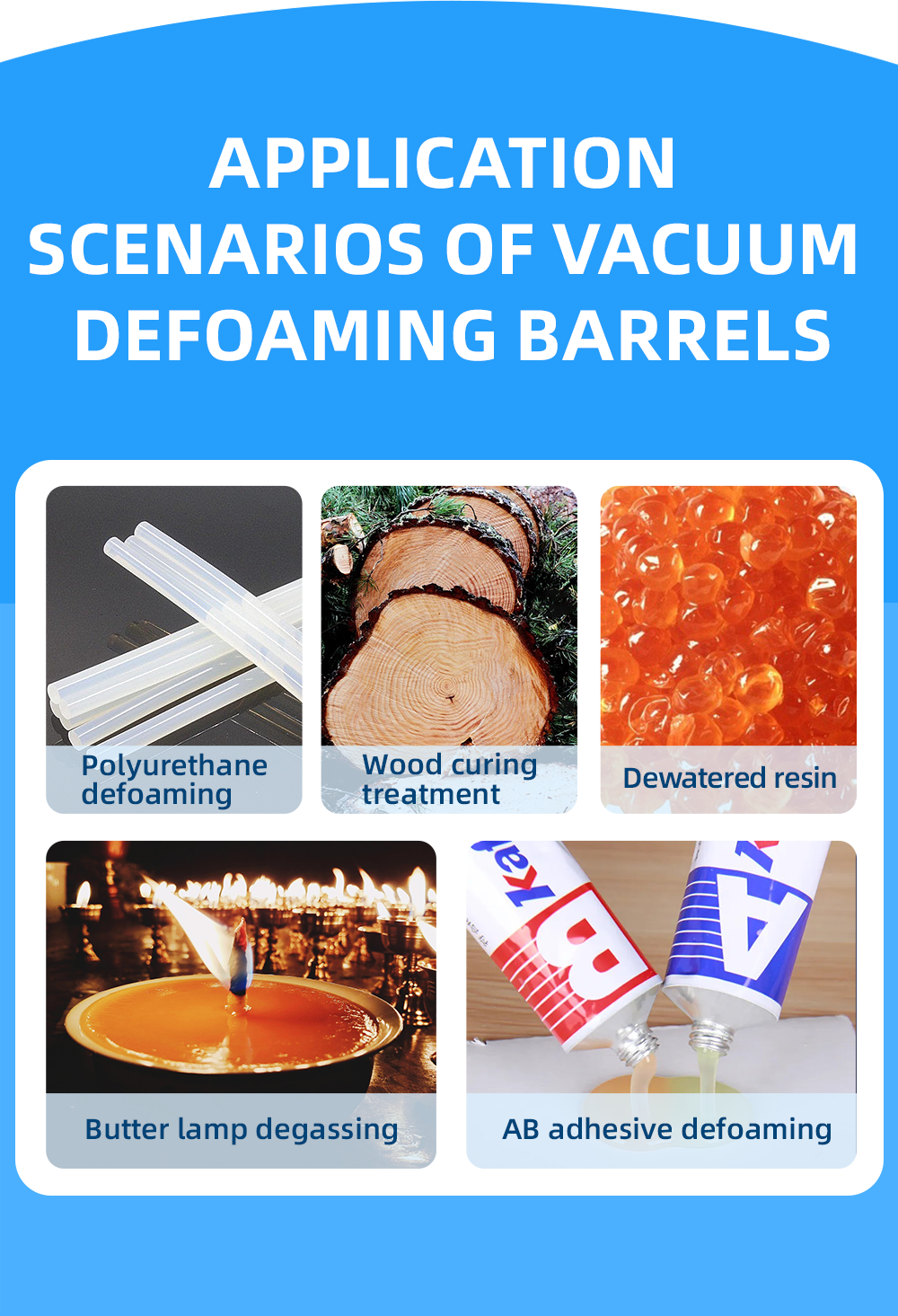
มันเป็นอุปกรณ์ที่ปิดสนิท เหล็กกล้าไร้สนิม ห้องที่ใช้เครื่องผสมแบบ planetary และ ปั๊มสุญญากาศ เพื่อขจัดฟองอากาศ (ฟองอากาศ, อากาศที่ถูกกักอยู่) จากวัสดุที่มีความหนืดสูง เช่น เรซิน ซิลิโคน เอพ็อกซี และพาสต์อิเล็กทรอนิกส์ ข้อกำหนด "แบบไม่ใช้น้ำมัน" หมายถึงประเภทของปั๊มสุญญากาศที่ใช้ ซึ่งมีความสำคัญต่อการทำให้กระบวนการสะอาด
การโหลด: วัสดุที่ต้องการแปรรูป (เช่น ซิลิโคนเหลวที่มีอากาศถูกกักอยู่) จะถูกใส่เข้าไปในถังสแตนเลสขนาด 15 ลิตร
การปิดผนึก: ฝาถูกปิดเพื่อสร้างการปิดผนึกอากาศ
การดูดสุญญากาศ: การดูดสูญญากาศแบบไม่มีน้ำมัน ปั๊มสุญญากาศแบบไม่มีน้ำมัน เป็นการดูดอากาศออกจากห้องปฏิกรณ์ ทำให้ความดันภายในลดลงอย่างมาก ส่งผลให้ฟองอากาศที่มีอยู่เดิมขยายตัว ทำให้ง่ายต่อการแตกตัวและดูดเอาฟองอากาศออกจากวัสดุ
การผสมและการกำจัดฟอง: ในเวลาเดียวกัน มีเครื่องผสมแบบ planetary (มีใบพัดที่หมุนรอบตัวเอง และยังเคลื่อนที่รอบจุดศูนย์กลางของภาชนะ) ทำการคลุกเคล้าและแผ่ขยายวัสดุ ซึ่งการกระทำนี้จะทำให้วัสดุใหม่ถูกเปิดออกสู่สภาพสูญญากาศ และตัดฟองอากาศด้วยแรงทางกล
การปล่อยแรงดัน: หลังจากที่ดำเนินการเสร็จสมบูรณ์ตามระยะเวลาที่กำหนด (เช่น 5-10 นาที) แรงดันสูญญากาศจะถูกปล่อยออกอย่างช้าๆ และวัสดุที่ปราศจากฟองอากาศสามารถนำออกได้
การกำจัดฟองอากาศแบบสองขั้นตอน ครับ สูญญากาศ + การผสมแบบกลไก การผสมผสานนี้มีประสิทธิภาพสูงกว่ามากเมื่อเทียบกับการใช้วิธีใดวิธีหนึ่งเพียงอย่างเดียวในการกำจัดฟองอากาศขนาดเล็กออกจากผลิตภัณฑ์ที่มีความหนืดสูง
ปั๊มสุญญากาศแบบไม่ใช้น้ำมัน: นี่คือคุณสมบัติที่สำคัญมาก ปั๊มสุญญากาศที่ใช้น้ำมันหล่อลื่นแบบมาตรฐานสามารถทำให้เกิดการไหลย้อนกลับของไอระเหยน้ำมันเข้าไปในห้องสุญญากาศ ทำให้ผลิตภัณฑ์ปนเปื้อน ปั๊มแบบไม่ใช้น้ำมัน (หรือปั๊มแบบ "แห้ง") จะช่วยให้สภาพแวดล้อมในการทำงานสะอาดสมบูรณ์แบบ
วัสดุ: สแตนเลสเหล็กกล้า 304 หรือ 316: มีความต้านทานการกัดกร่อนได้ดีเยี่ยม ไม่เกิดปฏิกิริยา และทำความสะอาดและฆ่าเชื้อได้ง่าย รุ่น 316 ถูกแนะนำให้ใช้กับสารเคมีที่มีความกัดกร่อนสูงกว่า
ความจุ: 15 ลิตร: เป็นขนาดที่เหมาะสมสำหรับ การผลิตแบบแบตช์เล็กและขนาดกลาง โรงงานต้นแบบ (Pilot plants) และห้องปฏิบัติการวิจัยและพัฒนา (R&D) ขนาดนี้เพียงพอสำหรับการผลิตที่มีนัยสำคัญ แต่ไม่เปลื้องพื้นที่ใช้สอยมากเกินไป
การควบคุมแบบแม่นยำ: โดยทั่วไปจะมีปุ่มควบคุมสำหรับ:
ระดับสุญญากาศ (มักสามารถปรับลดจนถึงความดันต่ำมาก เช่น -0.1 MPa)
ความเร็วในการผสม (RPM) สำหรับตัวกวนแบบ planetary
ตัวตั้งเวลาสำหรับควบคุมวงจรการทำงานแบบอัตโนมัติ
ฝาแบบใส: มักประกอบด้วยกระจกทนทานหนาเพื่อให้สามารถมองเห็นกระบวนการกำจัดฟองอากาศได้โดยไม่ทำลายสภาพสุญญากาศ
เครื่องจักรนี้มีความสำคัญในอุตสาหกรรมที่ ฟองอากาศเล็กๆ สามารถทำให้ผลิตภัณฑ์เสียหายได้ หรือส่งผลต่อประสิทธิภาพของผลิตภัณฑ์:
อิเล็กทรอนิกส์และการผลิตแผงวงจร (PCB): กาวนำไฟฟ้า สารกันฟอง ตะกั่วบัดกรี และสารเคลือบกันฟอง ฟองอากาศสามารถทำให้เกิดวงจรลัดวงจรหรือการใช้งานล้มเหลว
คอมโพสิตและเรซินขั้นสูง: เตรียมเรซินอีพ็อกซี โพลียูรีเทน และซิลิโคนสำหรับงานหล่อ งานปั้น และการหุ้มห่อผลิตภัณฑ์โดยปราศจากตำหนิ
พลังงานแสงอาทิตย์ (เซลล์แสงอาทิตย์): ผลิตสารเคลือบและกาวสำหรับแผงโซลาร์เซลล์
การผลิตอุปกรณ์การแพทย์: ผลิตซิลิโคนและโพลิเมอร์ที่ปราศจากฟองอากาศสำหรับอุปกรณ์ฝังร่างกายและชิ้นส่วนปิดผนึก
การวิจัยและพัฒนา: ห้องปฏิบัติการใด ๆ ที่ทำงานกับของเหลวที่มีความหนืดซึ่งคุณสมบัติของวัสดุได้รับผลกระทบจากอากาศที่ปิดผนึกอยู่ภายใน
การใช้ปั?มสูญญากาศแบบไม่มีน้ำมันช่วยขจัดความเสี่ยงของ การปนเปื้อนจากไฮโดรคาร์บอน . สำหรับอุตสาหกรรมเช่น อิเล็กทรอนิกส์ การแพทย์ และออปติกส์ แม้แต่ปริมาณน้ำมันในระดับที่ต่ำมากก็อาจทำให้ประสิทธิภาพของผลิตภัณฑ์ลดลง ก่อให้เกิดความล้มเหลวในการยึดติด หรือนำไปสู่การปฏิเสธผลิตภัณฑ์ นี่คือข้อกำหนดสำหรับสภาพแวดล้อมห้องสะอาด

